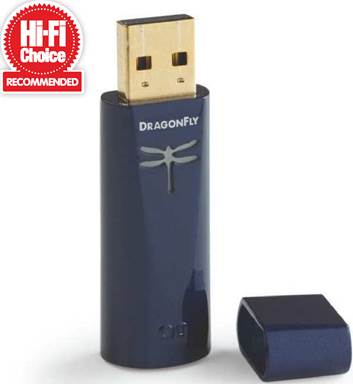

Co-blogger Alberto Pittaluga uses the ifi Audio nano iUSB 3.0 and reports good success. For these purposes, I have the AudioQuest JitterBug. And there are filters for cleaning the dirty power coming from the computer’s VBUS. As a rule of thumb, the more powerful a computer is (that is the more internal components is has) the more noise it will make. The data line can be cleaned by using an asynchronous audio transport: the data packets from the computer are timed/clocked in the dac. Separating power and data lines improve dac behaviour and there is no need to clean the computer’s VBUS noise. That’s why you need a well-made, well-shielded, well-isolating USB cable, too.Ī dongle dac-amp is exposed to all these noises whereas most designated dacs have the option of a separate power supply. And if both are transferred into the dac via an inferior USB cable, there is additional interference between power and data lines…which exacerbates the problem. A computer’s power supply is not designed with noise reduction in mind and the various computer internals are noisy, for example a hard drive (SSD is quieter).īoth jitter and noisy power contribute to the deterioration of the audio signal. The computer delivers “noisy power” and a poorly timed data stream (“jitter” a dac wants well-timed data stream) caused by EMI and RFI through its VBUS and data line, respectively. Let’s assume for a moment, your dac is powered by your computer’s USB port. It is therefore not surprising that my four devices featuring the ESS ES9038Q2M dac chip, that is the Cobalt, Shanling UA2, the Khadas Tone2 Pro, and the EarMen TR-amp, all sound completely different.

This is inherent to the fact that most of these devices are sold by mail order, which excludes the possibility of trying them out first.īut it takes more than that to produce good sound and therefore to define value: it is the dac chip + dac implementation (including filtering) + analogue output stage of the dac + the amp design…many variables. Yes, many more devices feature the same ESS ES9038Q2M dac chip (costs $12 or less when purchased in large amounts), and people WRONGLY go by chip and amplification power when selecting a dongle. What distinguishes the DragonFly Cobalt from most dongles (including the other two DragonFlys) is its dac functionality including its sophisticated USB noise filtering (any computer or phone is a source of electromagnetic interferences that deteriorates the audio signal). I personally do not have any such Hi Res files. The downside of the driverless technology is that the microchip’s USB receiver limits resolution to 96kHz PCM on Hi Res audio…which is not that important as it only affects 5% of audio files. I tested quite a few of the better ones up to $200, including the DragonFly Red, and TL DR, the DragonFly Cobalt is the by far best sounding of them all, albeit not the strongest amplifying one. They start at below $20, and many of the cheaper ones are pure power-draining ornaments that add nothing to the iPhone’s sound.
#AUDIOQUEST DRAGONFLY COBALT REVIEW PORTABLE#
Today, there are portable dac/amp s like sand on the beach it seems. All DragonFlies all have male USB-A connectors that makes them the only dongles that are actually sticks (“thumbdrives”), when connected to a computer’s USB-A port. What I like about the “Black” apart from its power management, is its small form factor, and, of course, its good sound.ĪudioQuest added the more powerful DragonFly Red in 2016, and the DragonFly Cobalt in 2019. The “Black” has been my go to since it is a workhorse that has accompanied me and my iPhones around the world, from Egypt to Brazil. And whereas many other companies have copied AudioQuest’s pioneering ideas since, the Black (jointly with the DragonFly Red) still has the lowest battery consumption of all I have tested with my iPhone. The DragonFly was the first “thumbdrive” dac of its kind, and v1.5 was the first that worked with smartphones because of its low power drain. I purchased its 2016 re-incarnation DragonFly Black v1.5 upon its release. First was the DragonFly, which It hit the market in 2012.


 0 kommentar(er)
0 kommentar(er)
